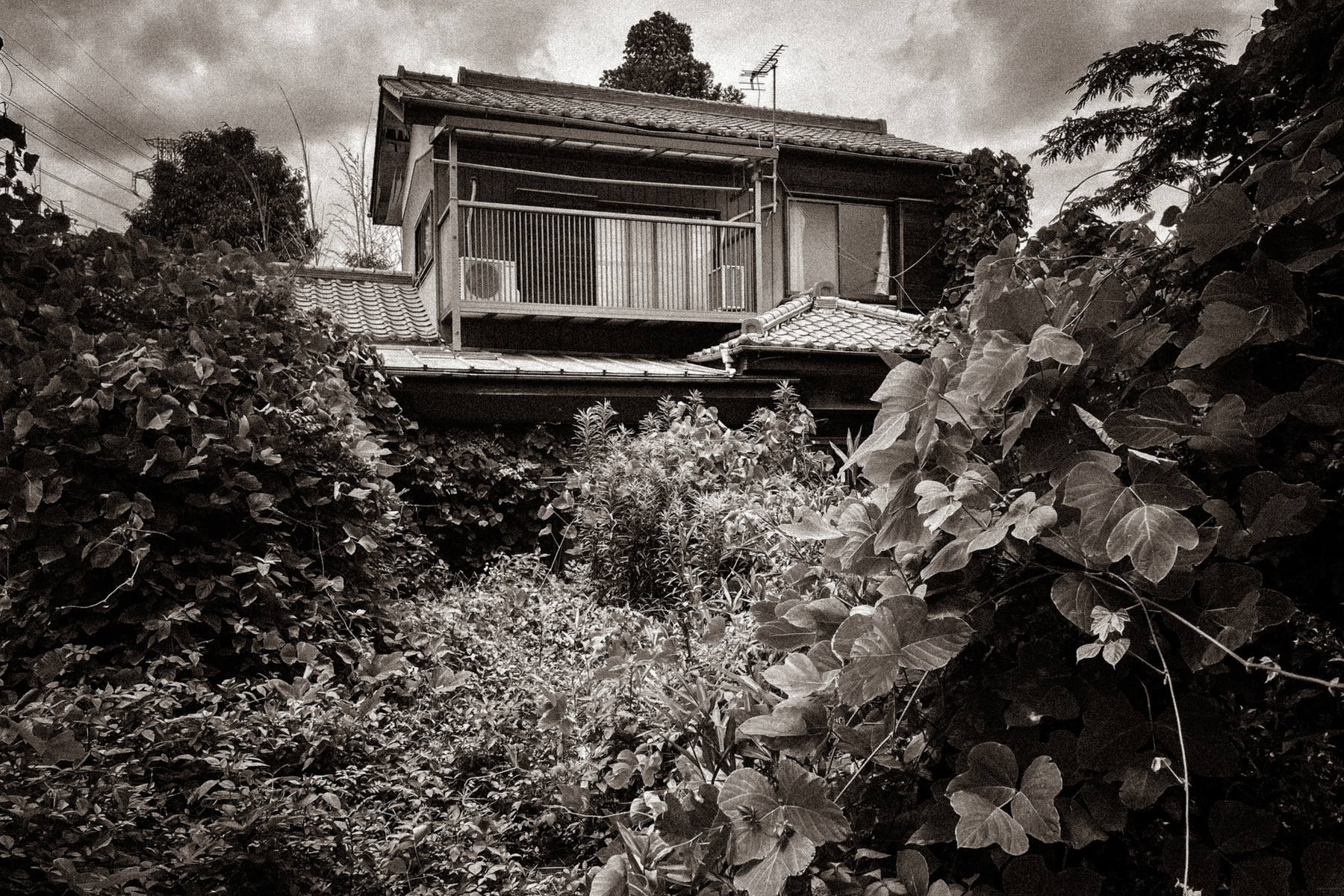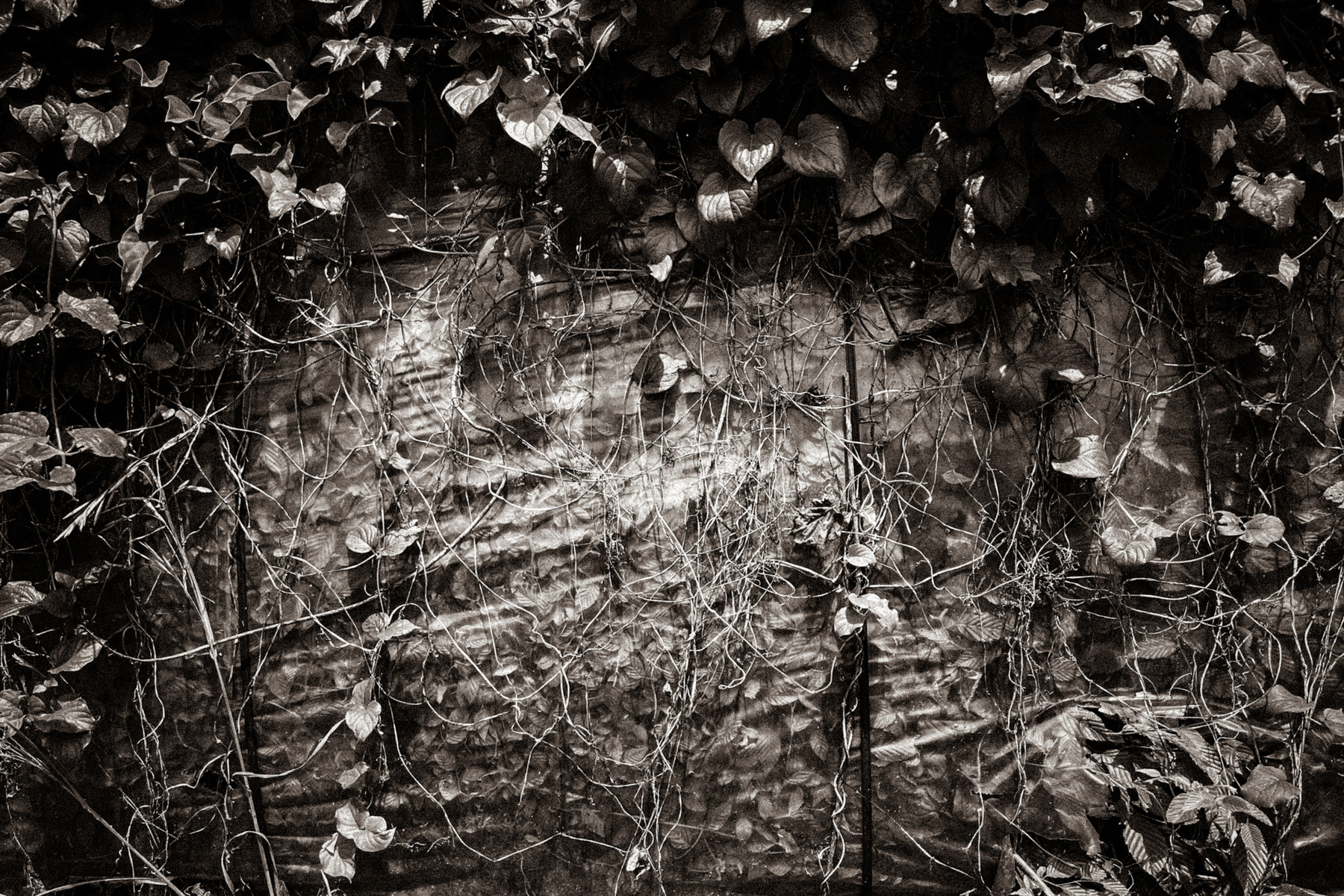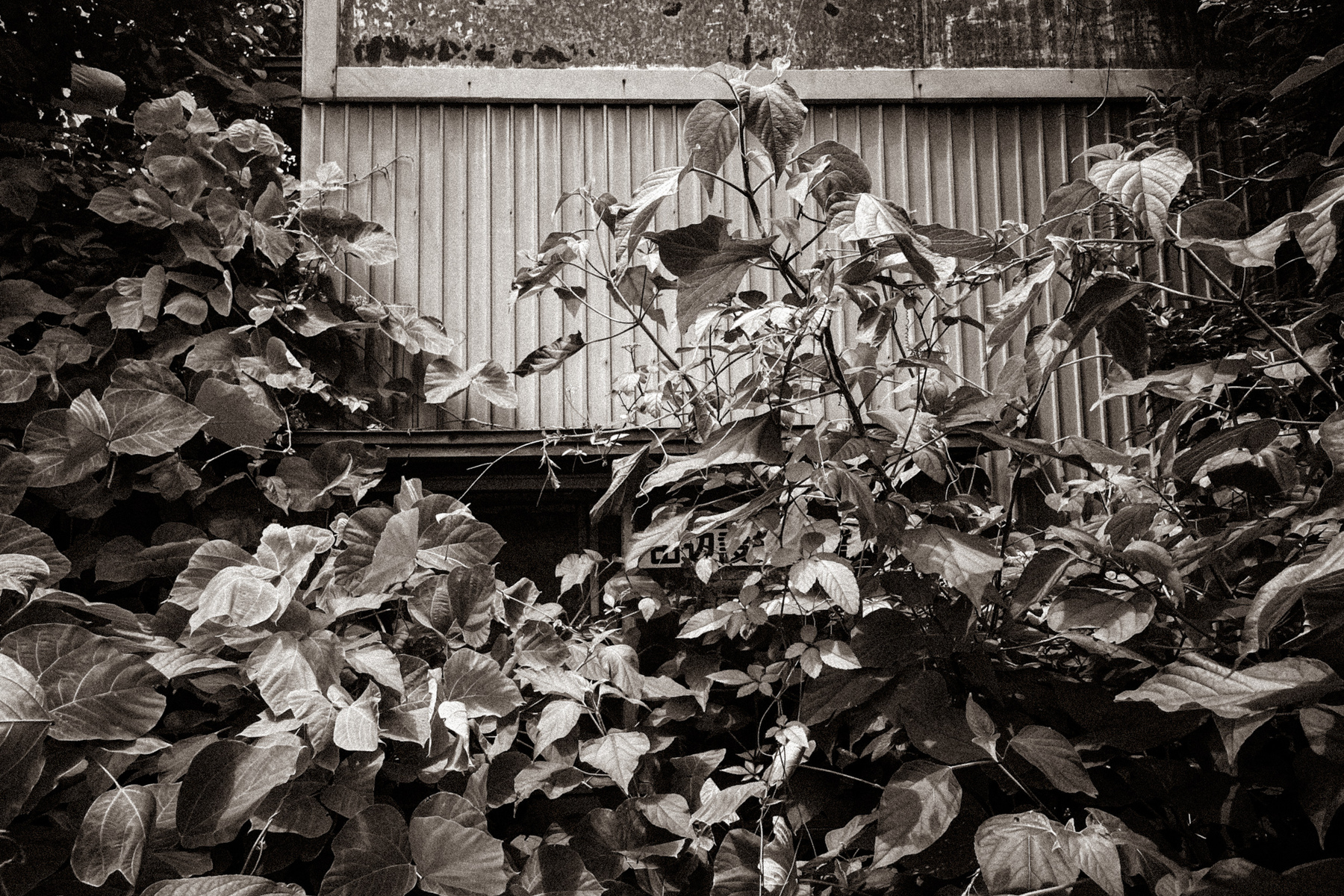Convergence Factor: Micro
Convergence Factor: Micro
Somewhere in Japan № 52: Abandoned

The people of Japan are diminishing in number and shifting in location. Between 2000 and 2020, Japan’s population fell by about a million people1. During that same period, urbanization of the population rose from about 78% to just shy of 92% 2. What this means is that, of Japan’s roughly 126 million people, all but about ten million now live in urban areas.
These factors, among others, contribute to the surfeit of empty and abandoned houses littering Japan, most notably in rural areas. These houses are known in Japanese as 空き家3, read akiya, which directly translates as vacant house. The way things are going, Japan is on track to have a full 30% of its homes fall into that category in the near future4 .
They’re everywhere, if you look for them. I can think of at least four within a 100-meter radius of my apartment in Saitama City, and nearly twice that in the area close to my school. And the farther you venture from urban centers, the more common empty buildings become.
They are often easy to identify, especially those drowning in vegetation. This is particularly true of those engulfed in the same infamous kudzu5 that is so reviled in the American South. Whole properties disappear under draped green carpets of three-lobed leaves, blooming in June with purple blossoms that are shaped like pea flowers and smell like grape Kool-Aid cut with kale.

Sometimes, plants invade the interiors as well, with lush green foliage appearing behind kitchen windows, and stalks of bamboo bursting up through the floor.
Unfortunately, many have deteriorated well beyond the point of being unsalvageable. Many could be brought back to life with some effort, though, if anyone wanted to do the work. Most people are not so inclined, though a few are.
In Yokosuka6, a city about 60km south of central Tokyo, I met a man who fully restored a beautiful old house7 by hand, and stayed in an accommodation8 that had similarly once been abandoned. Both places were lovely.
The city is largely known for the US Navy base there, and near the base, the area is built up with high-rise apartment buildings, shopping malls, and the like. Out in the surrounding hills, though, there is a glut of vacant houses and empty storefronts. This is unfortunate for the city, of course, but more and more I’m beginning to see areas like this as places with a great potential for redevelopment, places where there is now an opportunity to build new communities and new businesses in a manner not feasible in locations like Tokyo, where property prices are extremely high.
My partner and I have decided to stay in our current apartment for another couple of years, but after that? I suspect that our next place will be one of these houses, and we will do the work to give an abandoned home a second life. Perhaps in Yokosuka, perhaps in Komoro9, perhaps in one of the declining hot springs towns where, who knows, we might even wind up with our own onsen. Wherever we go, though, and whatever we decide to do with that house, I look forward to the opportunity to reduce the number of abandoned buildings by at least one.

-
Source: https://www.macrotrends.net/countries/JPN/japan/population-growth-rate ↩︎
-
Source: https://data.worldbank.org/indicator/SP.URB.TOTL.IN.ZS?end=2019&locations=JP&start=2000 ↩︎
-
View entry for 空き家 on jisho.org: https://jisho.org/word/%E7%A9%BA%E3%81%8D%E5%AE%B6 ↩︎
-
Source: https://asia.nikkei.com/Life-Arts/Life/As-Japan-s-empty-homes-multiply-its-laws-are-slowly-catching-up ↩︎
-
An interesting read on kudzu: https://www.smithsonianmag.com/science-nature/true-story-kudzu-vine-ate-south-180956325/ ↩︎
-
A city in Kanagawa prefecture, view on Google Maps: https://goo.gl/maps/M2YRxGUPtr8qpz3z7 ↩︎
-
Some photos of the house can be seen here: https://www.facebook.com/karonojikan/ ↩︎
-
View on Air BnB: https://www.airbnb.com/rooms/39431685 ↩︎
-
A small city in Nagano Prefecture that we visited a few years ago and quite liked. View on Google Maps: https://goo.gl/maps/JruVL7z8JvqZpAFKA ↩︎
Somewhere in Japan's main home on the web is at somewherein.jp, where you can also sign up to receive these posts by email. And now, for just $3/mo you can support this project on Patreon. Click here to learn more.